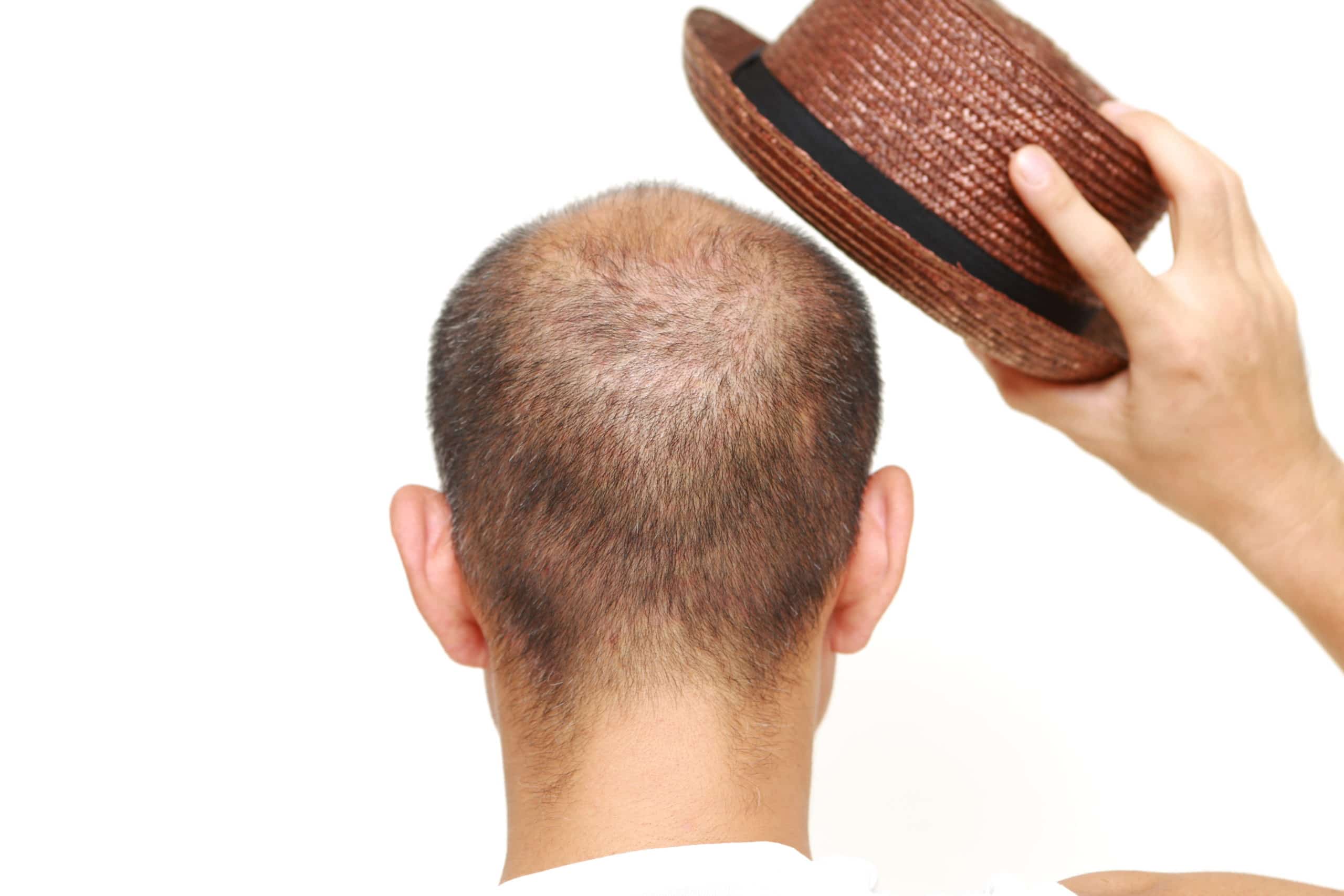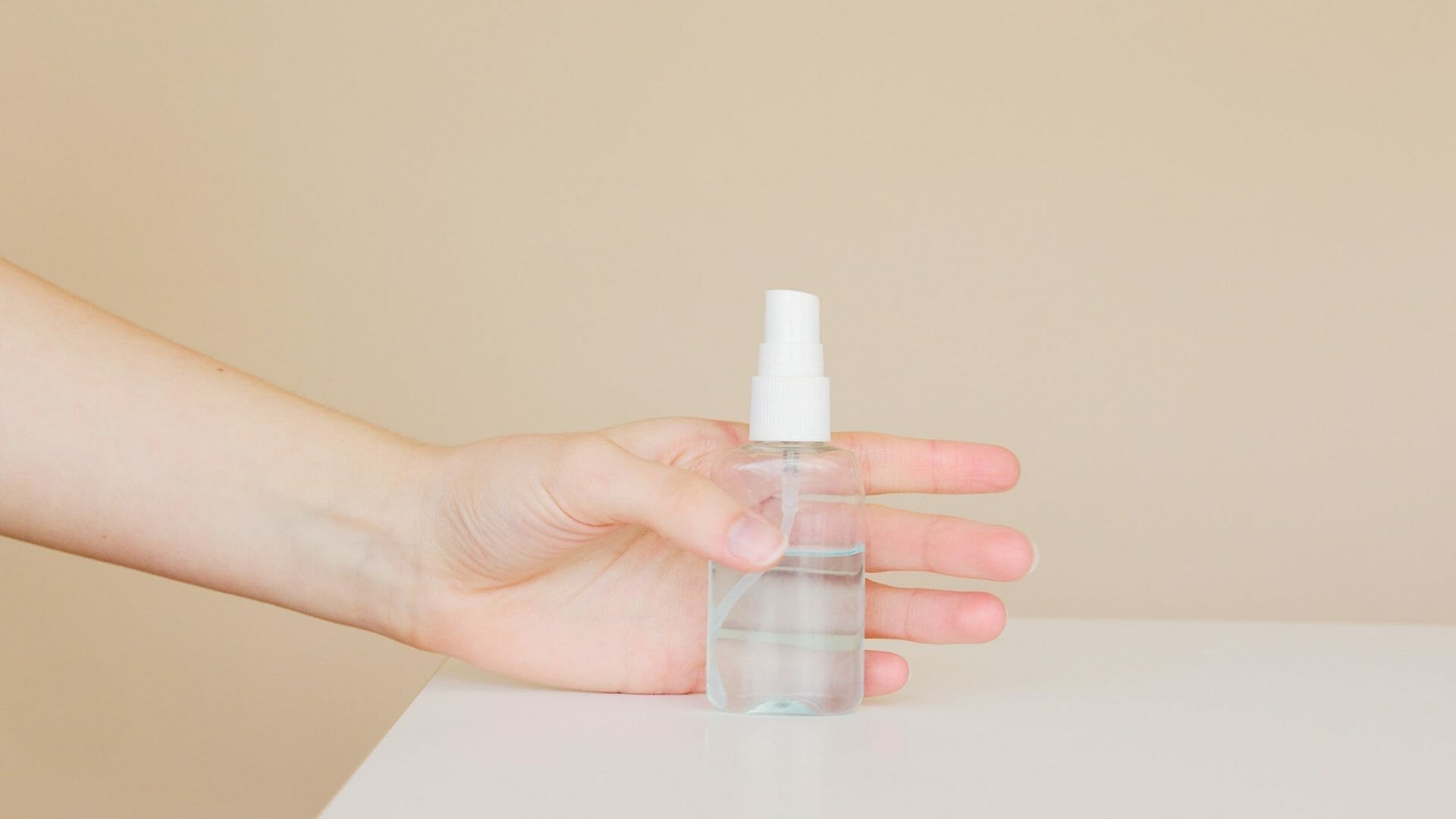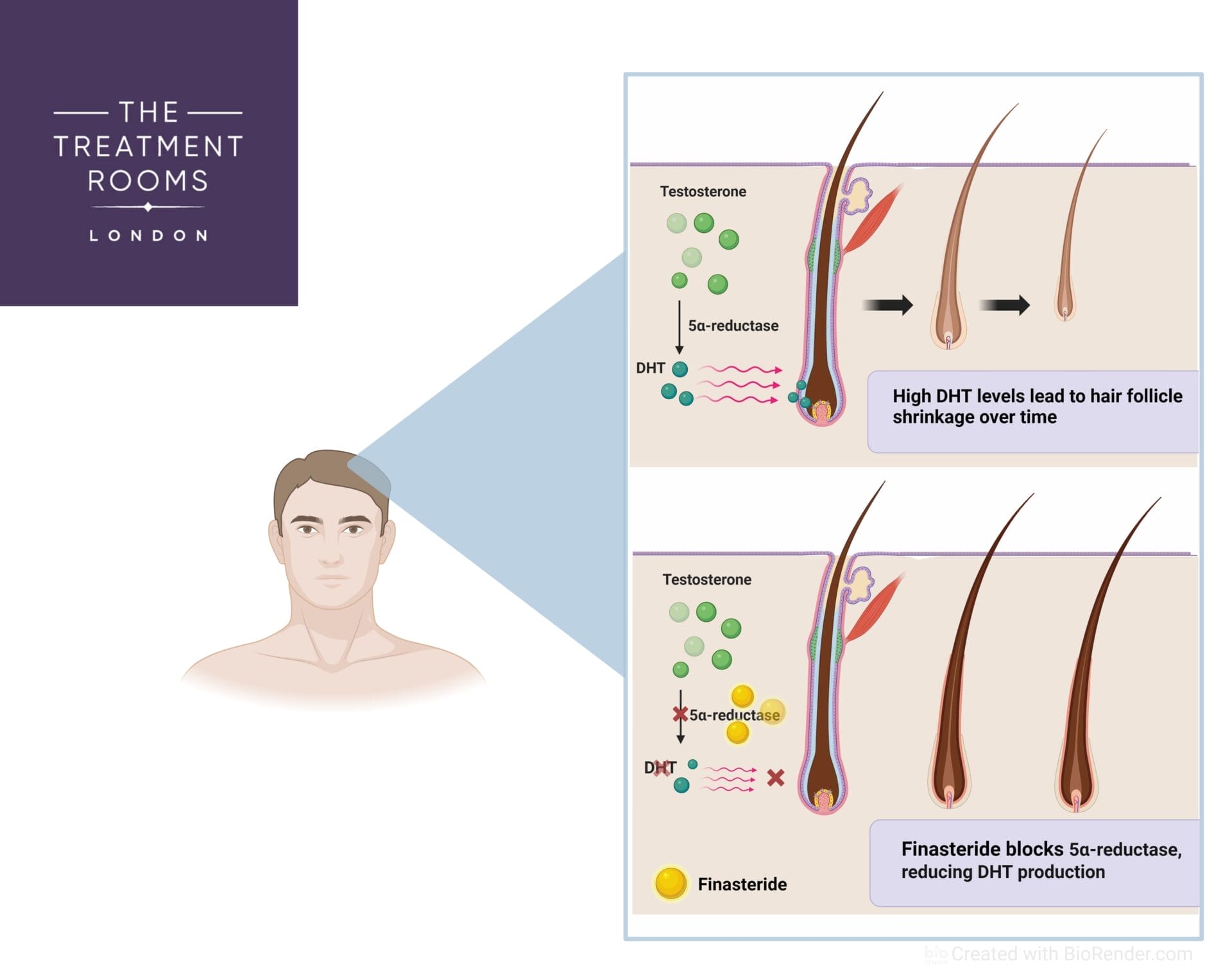Quick Summary: Timing Your First Haircut After a Hair Transplant
Understanding Recovery: It’s crucial to allow time for the scalp and new grafts to heal properly before considering any hair cutting or styling.
First Haircut Timeline: Generally, you may consider a gentle scissor cut two weeks post-surgery, but it is safer to wait longer for clippers, around four weeks, to avoid irritation.
Hair Growth Phases: Initial hair shedding occurs within the first few months, with noticeable regrowth starting from the third month and continuing up to 18 months for the final results.
Styling Tips: Early haircuts should be gentle, avoiding styles that put pressure on new grafts. Layered cuts can blend new and existing hair effectively especially if you have had an unshaven hair transplant.
When to Resume Regular Haircuts: Regular haircuts can typically resume after 1 month, based on individual healing and once the transplanted hairs begin to grow in consistently.
Key Takeaway: Patience is key in the hair transplant recovery process. Always consult your surgeon for personalised advice to ensure the best results and to determine when it’s safe to cut your hair post-transplant.
Are you wondering when you can get your first haircut after hair transplant surgery? It’s a common question, especially as you start to see new growth and consider how to best style and maintain your hair.
Knowing when it’s safe to cut your hair is crucial for ensuring the best outcomes from your surgery. Let’s delve into the recommended timeline for your first postoperative haircut and what factors you should consider.
Understanding Hair Transplant Recovery
To understand when you can get a haircut, it’s important to first acknowledge the recovery period during which your scalp and new grafts need to heal properly before undergoing any type of hair cutting or styling.
The list below highlights the key milestones of the recovery period. The main ones to take note are:
- Day 2: The bandage in the donor area is removed on day 2 post-surgery. The donor area can then be gently washed with mild shampoo (which we usually give in the after-care package).
- Day 4: Only on day 4 can the recipient area (where the grafts were implanted) can be washed. More care should be taken as the hair follicles would not have fully established themselves in the scalp. This means any harsh handling and any pressure applied on the follicles and scalp can cause the grafts to be dislodged from the scalp, affecting the hair transplant results.
- Day 14: When 2 weeks are up, that is when ideally your scalp in both the donor and recipient areas would have healed. From this point onwards, you may notice the transplanted hair shafts falling out — this is normal and part of the process as the new follicles settle under the skin. Usually, hair cutting or styling would be possible from this milestone, provided that the aftercare guidelines were followed properly.
- 3 Months: Around 3 to 4 months after the transplant, you’ll start seeing new hair growth, giving your hair a fuller appearance.
- 12-18 Months: By 12 to 18 months, you’ll be able to fully enjoy the final results of your transplant.
When Is the Right Time for Your First Haircut
Immediately after a hair transplant, it’s important to avoid any hairstyles that put pressure on the scalp or hair follicles. The scalp needs time to heal, and the newly transplanted hair follicles are very delicate during this period.
When you can start styling your hair after a transplant really depends on your personal healing process, as it varies between individuals. Generally, once the hair follicles are firmly established and the scalp has healed, you can safely get a haircut. The earliest you could cut your hair would be after passing the 14-day recovery period with scissors, after which your scalp should be well-healed. For clippers, you may have to wait a bit longer, our suggestion is 4 weeks post-surgery, as it will be cutting a bit too close to your scalp and irritate the healed area.
Our recommendation would be to delay your first haircut for 2 weeks after a transplant to give your scalp ample time to recover from any immediate post-surgery effects like itching, swelling, or potential infections.1 The longer you wait, the more hair you’ll have for styling as the transplanted hair goes through its shedding and regrowth phases.
Cutting your hair too soon and too short could expose the scalp to risks such as injuries or infections. Research suggests that a scalp that is well cared for, experiencing minimal tension and trauma, tends to yield better transplant results.2,3
Tips for Haircutting Post-Transplant
After a hair transplant, it’s important to choose a haircut that minimises stress on the new grafts and the donor area. Here are some suggestions:
- Gentle Trimming: Initially, opt for a gentle trim rather than a full haircut. This allows you to shape and tidy your hair without putting too much stress on the new grafts or the donor area.
- Avoid Close Shaves: Avoid hairstyles that require shaving or very close cuts near the transplanted area for at least a 1 month post-transplant. Close shaves can dislodge the new grafts before they’ve fully settled.
- Layered Styles: Layered cuts can usually mask the difference in density between transplanted areas and existing hair, and help blend the areas seamlessly while adding volume.
- Length: Keeping your hair a bit longer can help conceal any redness or unevenness in the scalp as the transplanted hair continues to grow and thicken.
- Let Your Stylist Know: It’s a good idea to inform your hair stylist about your transplant so they can use techniques that avoid pulling or stressing the grafts.
When Can You Return to Regular Haircuts?
Normal hair cutting routine can resume when your hair has shown good recovery progress, and you have passed the initial 2 week recovery, as well as the 3-4 months mark of healing and hair growing back after shedding. 6 months and beyond, it should be fairly safe to start going back to regular haircuts as your grafts are more secured and blended with existing hair. However, take caution, as aggressive styling can stress the scalp.
Your scalp is ready for more frequent haircuts when:
- Your scalp is no longer tender, itchy, or with signs of redness or swelling.
- The transplanted hair is growing consistently without patches of loss or damage.
- The area from where hair was harvested (donor area) is completely healed without any signs of irritation or visible scars.
Precautions
We have to recognise that recovery can vary from person to person. Factors like overall health, age, and adherence to post-operative care can influence how quickly and effectively your scalp heals and how soon you can return to regular hair grooming practices.
As mentioned, after a hair transplant, the newly transplanted grafts are delicate and not fully secured. This makes them vulnerable to being dislodged by combing, pulling, or any applied pressure during early haircuts (usually within the first two weeks). Additionally, using clippers or razors can irritate or even cut the scalp, raising the risk of infection and potentially compromising the transplant’s success.
It’s also crucial to choose your hair products carefully after a hair transplant. Shampoos, conditioners, and styling products may contain chemicals that irritate a healing scalp or trigger allergic reactions. At the Treatment Rooms London, we provide a comprehensive after-care pack designed to support your recovery and protect your transplanted hair. To protect your investment and ensure the best results, it’s crucial to avoid these risks mentioned above during the initial healing phase.
For more insights and guidance on your hair transplant journey, you might find our following blogs helpful:
Hair Transplant After Care and Recovery Guide
How Long Does It Take After A Hair Transplant For The Grafts To Become Secure?
5 Tips for a Successful Hair Transplant
Itching After a Hair Transplant
Redness After a Hair Transplant
When Can You Go Back To Work After A Hair Transplant?
Conclusion
In brief, you may consider scheduling your first scissor haircut as soon as two weeks post-transplant, while clipper cuts might be best delayed until four weeks after. We strongly recommend allowing your scalp ample time to heal. Typically, hair begins to regrow after shedding during the third month following surgery, though this timeline can vary from person to person.
Always consult your transplant team for personalised advice tailored to your specific situation. They are best equipped to guide you on when and how to approach haircuts after your procedure safely. If you have any doubts or require further clarification, please do not hesitate to consult with your transplant surgeon.
Get in Touch
Ready to elevate your hair restoration journey? Book a free consultation call with our London-based FUE hair transplant clinic. If you are based in Birmingham, you can reach out to our FUE hair transplant clinic in Birmingham. We also offer virtual consultations for patients in Manchester and Leicester.
Our award-winning team, including leading London hair transplant surgeons Dr Fernando and Dr Vara, is here to support you every step of the way.
References
- NHS. Hair Transplant [Internet]. nhs.uk. NHS; 2023 [cited 2024 Sep 14]. Available from: https://www.nhs.uk/conditions/cosmetic-procedures/cosmetic-surgery/hair-transplant/
- Seery GE. Hair Transplantation: Management of Donor Area. Dermatologic Surgery. 2002 Feb [cited 2024 Sep 14];28(2):136–42. Available from: https://journals.lww.com/dermatologicsurgery/abstract/2002/02000/hair_transplantation__management_of_donor_area.8.aspx
- Bernstein RM, Rassman WR. Graft Anchoring in Hair Transplantation. Dermatologic Surgery. 2006 Mar 15 [cited 2024 Sep 14];32(2):198–204. Available from: https://journals.lww.com/dermatologicsurgery/abstract/2006/02000/graft_anchoring_in_hair_transplantation.6.aspx
Share:
Authored by
Reviewed by
Book a Consultation
Related Blogs
Can Black Seed Oil Help Hair Growth?
November 26, 2025
Quick Summary: Black Seed Oil & Hair Growth Black Seed Oil for Hair: Emerging as a key…
Do Hats Cause Hair Loss? Debunking Myths & Understanding the Facts
November 26, 2025
Hats have been a global trend to wear, whether for style, warmth, or sun protection. But have…
What Happens If You Stop Using Minoxidil
November 2, 2025
If you’ve been consistently applying minoxidil to support your hair growth, have you ever wondered what happens…
Unlocking the Secrets of Anagen Follicles
October 23, 2025
Have you ever glanced at a mirror and wondered why some of your hair grows fast and…
Does Finasteride Cause Erectile Dysfunction?
October 22, 2025
Finasteride is one of the most promising medicines against male pattern baldness and benign prostatic hyperplasia (BPH)….
Zinc Supplements After Hair Transplant Surgery: What You Need to Know
October 7, 2025
Zinc is an essential nutrient in wound healing, tissue repair, and the healthy development of hair follicles….
What to Eat After a Hair Transplant: Essential Nutritional Guide
October 5, 2025
After the stress, needles, and surgeries, food becomes more than nourishment. A warm bite, a familiar flavour,…
Hair Loss Treatment That Works: A Complete Guide for 2025
October 3, 2025
Millions of men, women, and teenagers have hair loss problems. In 2025, hair restoration is going through…
What is an FUE Hair Transplant?: A Comprehensive Guide to Procedure, Recovery, and Results
October 3, 2025
Hair transplant surgery has gained popularity over the years, with more people now comfortable taking care of…











